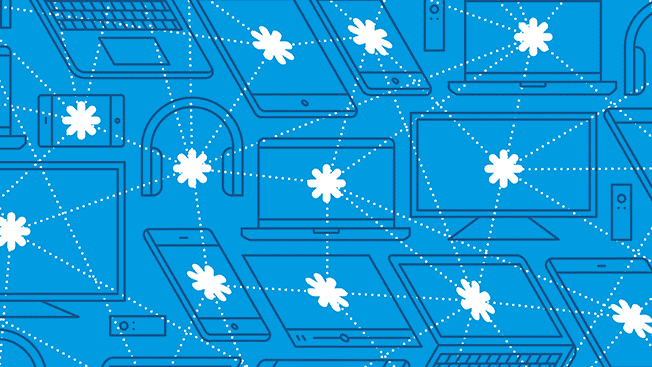Marketers in the U.S. are still spending billions of dollars per year through non-programmatic channels—and that’s just on display media. In order to realize the full potential of their digital media dollar, advertisers are designing plans to move these billions into programmatic channels. But this transition doesn’t necessarily require marketers to do things all that differently from the insertion orders they’re used to executing. By utilizing programmatic guaranteed strategies—and the various flavors and access points of these deals—they can create the perfect bridge between the manual buying process of the past and a future in which digital budgets are consolidated into programmatic platforms.
The Best of Both Worlds
In its current form, a programmatic guaranteed deal looks a lot like an I/O. It requires a marketer to call a publisher, strike a deal and set up the terms of the deal. However, with programmatic guaranteed, the execution takes place through programmatic channels, where a sell-side platform (SSP) passes a “deal ID” to the demand-side platform (DSP) asking for a bid at a certain price. Just as in a direct deal, the publisher is able to enjoy high fill rates, while the marketer receives a guaranteed number of impressions at a set price.
Marketers can then monitor their campaigns from a single platform alongside the rest of their programmatic effort—across publishers, channels and devices. Brands and agencies are able to identify the right media mix more precisely by using data analytics to observe how each campaign influences the rest of their marketing strategy. For instance, a programmatic guaranteed deal allows marketers to answer questions like “How does my guaranteed campaign affect the performance of my open-auction buying?” and “How do my guaranteed display campaigns influence what I’m doing in video or TV or audio?”
What’s Next?
Once marketers are doing all—or most—of their media buying from one place, they can begin building out more intelligent, more integrated campaigns with smarter audience targeting. And once they’ve gotten their feet wet carrying out branding activities through programmatic guaranteed deals, many will continue to innovate and begin experimenting with more complex tactics. For example, they may try audience guarantees, where an advertiser can forecast and deliver a guarantee across a single or group of publishers against a first-party audience segment while still leveraging the choice and targeting that DSP platform allows.
Here’s what the future might look like: A marketer could decide on a strategy that forecasts and then activates an audience across multiple channels, devices and formats. Then, they enter into a contract to buy that audience across a predefined set of publishers—or an entire marketplace—that over indexes for that audience. Just as today’s investors can log on to a stock trading account to execute calls, shorts and standard buys, marketers will be able to execute campaigns of varying complexity from a single platform.
2017: The year of programmatic guaranteed
Given the incredible automation and efficiency on the horizon, we expect to see a dramatic shift towards programmatically executed publisher contracts over the next six to eight months. Though programmatic guaranteed technology is still in its infancy, marketers will soon enjoy the very real progress that comes from having the holistic data sets they need to target the right inventory more precisely. Meanwhile, as a general principal of mature marketplaces, publishers will start to see their programmatic ad rates rise as media buyers home in on the impressions they absolutely have to have.
For now, media buyers and publishers alike must begin partnering, building or acquiring the infrastructure necessary to help brands transition their digital buying to a single programmatic platform. Otherwise, they run the risk of enduring the inefficiencies of manual buying as their competitors rush ahead into the programmatic future.








